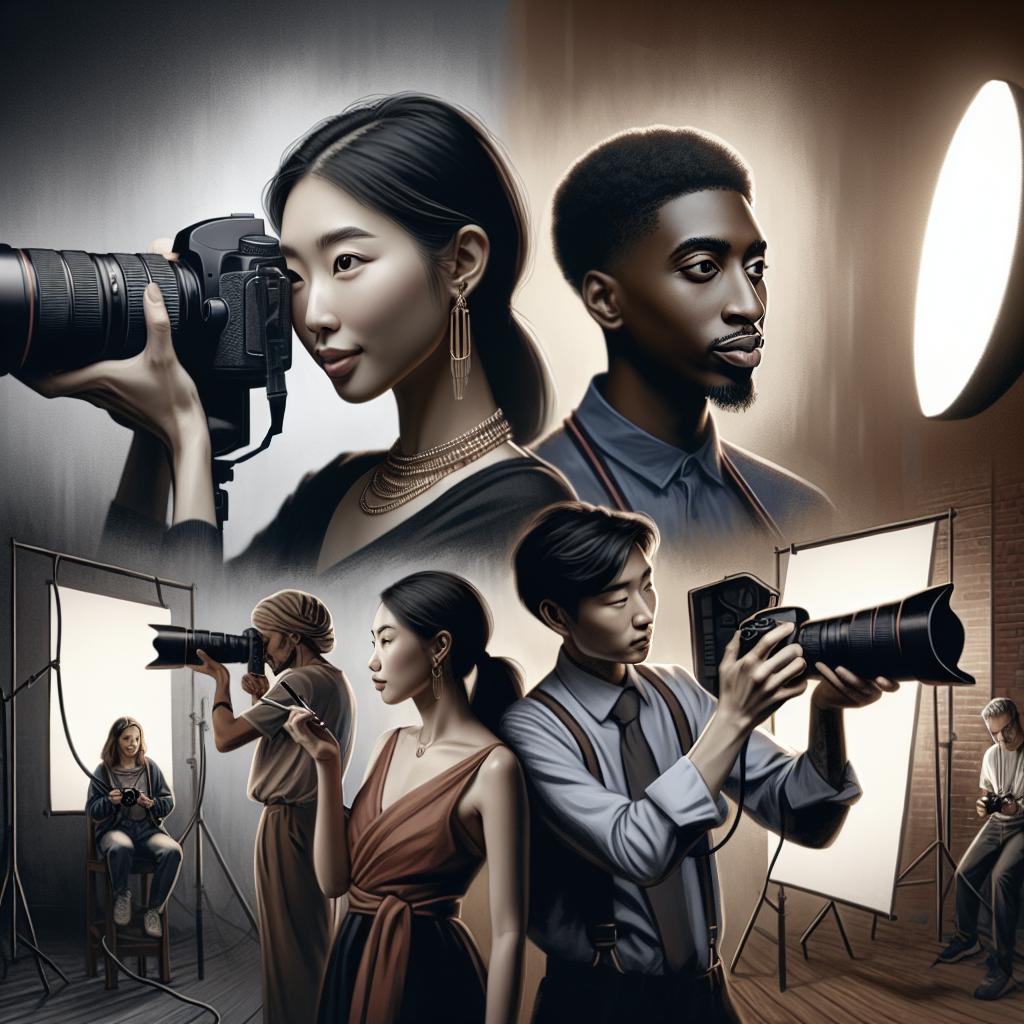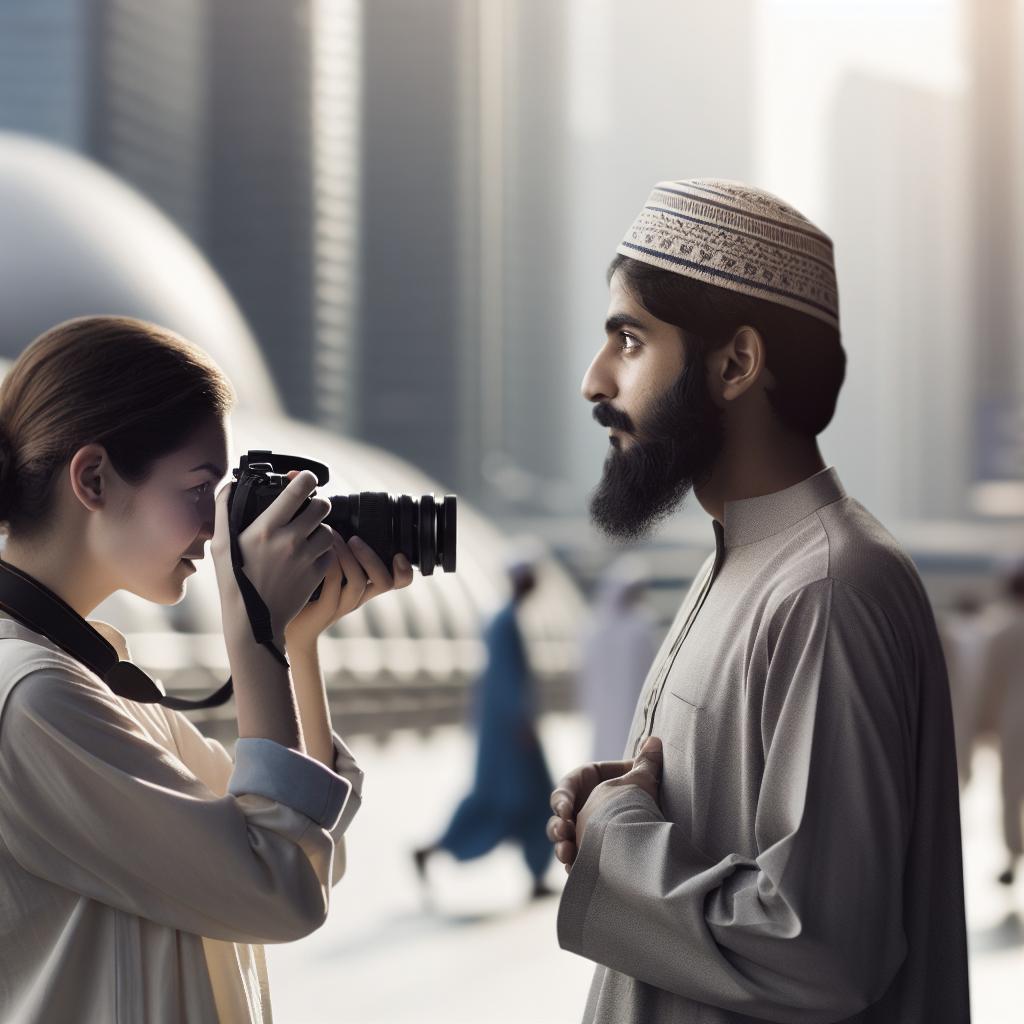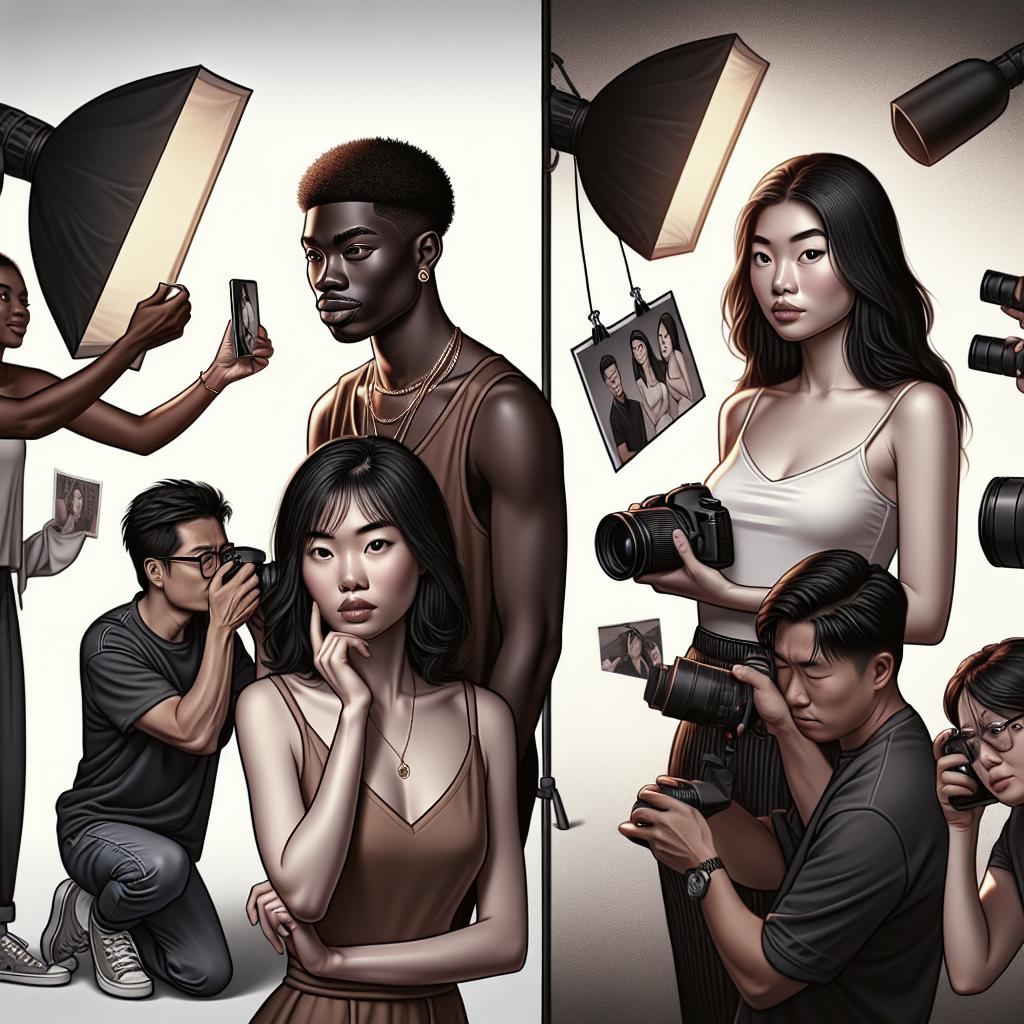<>
Portrait photography has long been revered as one of the most captivating and personal forms of art. While many photographers default to shooting at eye-level, exploring different angles can drastically impact the emotion and storytelling of a portrait. In this blog post, we’ll examine the creative possibilities and technical advantages of shooting from above, below, and experimenting outside conventional norms. Whether you’re new to photography or looking to add some fresh perspectives to your portfolio, understanding these angles will elevate your skills and deepen your appreciation for this timeless craft. “`
Meta admits scraping every adult Australian’s public post to train AI, no opt-out
“` The disclosure by Meta about scraping every adult Australian’s public post to train its AI has ignited a firestorm of debate within the photography and media communities. The company admits using these public posts without an opt-out option, sparking concerns about privacy and the ethics of AI training. While the implications of Meta’s actions are broad and multifaceted, one lesser-discussed impact is how this could affect the world of portrait photography. By leveraging such vast datasets, AI can potentially emulate various styles, angles, and compositions in portraiture. Imagine an AI that learns to adjust for perfect lighting, the ideal background blur, or even the best angles for portrait photography. This could democratize access to high-quality imagery but also raises questions about the authenticity and originality of an AI-generated portrait. As photographers, being aware of such developments allows you to stay ahead of trends and anticipate future challenges in a rapidly evolving field. “`
We usually shoot people at eye-level but there are other ways.
“` The most common angle in portrait photography is eye-level. This creates a sense of intimacy and connection, as viewers can directly engage with the subject’s gaze. Capturing someone at eye-level also ensures that the proportions of the face and body remain natural and accurate. It’s a safe and reliable choice that works well for a majority of portraiture contexts, from professional headshots to casual portraits. However, sticking to eye-level shots can also be limiting. While they are effective, they may not convey the full range of emotions or storytelling potential that a scene or subject has to offer. Exploring other angles can introduce dynamic elements, altering the viewer’s perception and engagement with the portrait. This opens the door to a deeper exploration of the subject’s personality and mood, thus enriching your photographic repertoire. “`
Climb up high
“` Shooting from a higher angle can significantly alter the dynamics of a portrait. When you capture a subject from above, it tends to make them appear smaller and more vulnerable. This angle can evoke a sense of fragility or innocence, making it perfect for storytelling where you want the audience to empathize with the subject. For instance, photographs of children or emotionally poignant moments benefit greatly from an elevated vantage point. Moreover, high angles can add context by including more of the background, providing additional storytelling elements without overwhelming the main subject. They can also minimize distracting features by compressing them into a less noticeable part of the frame. When executed skillfully, high-angle shots add layers of meaning while maintaining the focus on the subject’s expression and posture. “`
Get down low
“` On the opposite end of the spectrum, shooting from a low angle can convey power and dominance. This perspective makes the subject appear larger-than-life, adding an element of grandeur or importance. Low-angle shots are often used in fashion photography and portraitures aiming to highlight the strength, confidence, or authority of the subject. For instance, business leaders or athletes can be portrayed from this angle to emphasize their commanding presence. Additionally, low angles can be creatively employed to introduce interesting foreground elements or to capture a dramatic sky for outdoor portraits. The resulting images are often more engaging due to the unique perspective, making them stand out in a sea of eye-level shots. Understanding how to balance the lighting and background while shooting low ensures that your portraits maintain focus and clarity, even as they break away from conventional perspectives. “`
Give it a go!
“` Don’t hesitate to experiment with unconventional angles. Photography is, at its core, an art form that thrives on creativity and innovation. Try tilting your camera, shooting from the side, or even placing the camera under the subject’s line of sight. These unusual angles can sometimes result in surprising and compelling images that defy expectations and capture the essence of the subject in a fresh, new light. Whether you’re photographing people at street level or organizing a high-fashion shoot, varied angles offer endless opportunities for creative expression. The key is to envision how each angle will influence the final image and how it fits into the narrative you wish to convey. By diversifying your approach and breaking out of the eye-level comfort zone, you broaden your skills and open up new possibilities for compelling and memorable portraits. “`
| Angles | Impressions and Uses |
|---|---|
| Eye-Level | Creates a natural, relatable view of the subject; suitable for most standard portraits. |
| High Angle | Conveys vulnerability or innocence; adds background context and storytelling elements. |
| Low Angle | Creates a sense of power and dominance; excellent for emphasizing strength or authority. |
| Unconventional Angles | Allows for creative and unique perspectives; can result in compelling, artistic imagery. |
“` By exploring these different angles in your portrait photography, you not only develop a more versatile skillset but also enrich the visual narratives you can create. Each angle introduces unique elements that can turn a good portrait into an extraordinary one, just waiting for you to click the shutter.


